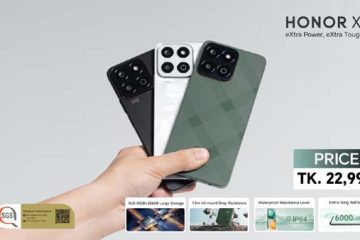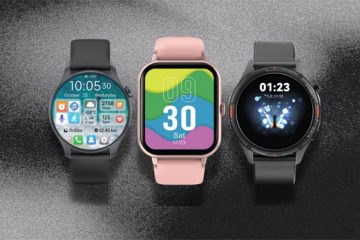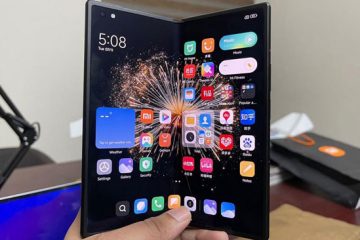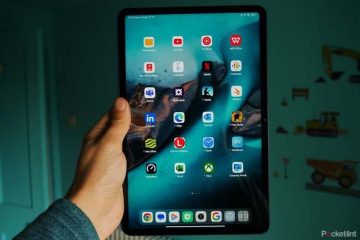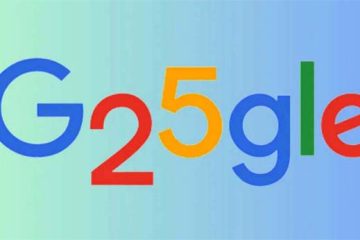Transaction methods have changed through the course of time and has come a long way from coins to paper money to plastics. Now we are witnessing yet another ground-breaking change, mobile payments, also known as mobile wallet.
Already mobile phones have become more than just a tool to communicate; smartphones have made mobile phones an essential part of our lives that we cannot live without.
PayPal, the popular e-commerce business that allows payments and money transfers through the internet, said by as early as 2015 wallets will become a thing of the past!
Mobile wallet is an alternative payment method, in which you can use your cell phones or similar devices to pay for a wide range of services and digital or hard goods instead of paying with cash, cheque or credit cards.
The technology is already installed in millions of phones and is used in many countries but not widely adopted yet.
There are several ways mobile payments can be done. Loading your credit card information onto your phone, use a code on your phone to authorise the payments, or be billed on your cell phone statement.
Since the concept first came about in the 90s, mobile payments have been used for increasingly large purchases, from ringtones and apps to physical goods such as books and gadgets. Generator Research, a market research firm, predicts that the mobile payments market would be worth over $633 billion by 2014.
Google has already introduced its mobile wallet Google Wallet, which can be used in shops to buy things. Apple, Amazon and PayPal are other big names which have been working with the concept.
Mobile payment or mobile wallet is an open-ended term. It includes anything that is not tied to a geographic location.
Juniper research in its ‘2010 White Paper’ identified eight different payment methods.
Direct to Bill (D2B) is one of the simplest methods for paying for goods and services. Here, a mobile phone is used to pay via a mobile phone bill. It is operated by the cell phone operators and aimed at low-value micro-payments.
Premium-rate SMS (PRSMS) is where you send a payment request to a service provider via SMS, who then sends back the product (usually digital goods such as ringtone, video of games). A premium rate is charged for the service which adds to your mobile phone bill. This is currently available in most countries including Bangladesh.
WAP billing is another way of mobile web purchases. The payment methods are not necessarily limited to mobile systems, including credit and debit cards. It is done over the web and it can accommodate richer media such as games and applications. It also allows previews of the products and assurance of delivery.
SMS payments works much like PRSMS, but instead of being billed directly, you transfer funds from a mobile wallet or an account linked to your phone line. It can be used with credit and debit cards, as well as stored value accounts. It uses text messaging to send the request, receive verification of the payment, and exchange service information.
Person-to-person (P2P) also known as “social money” involves one person transferring funds or goods to another over a mobile network. It is usually used to transfer credits, call minutes, or digital goods such as apps. The method is popular in Asia Pacific and Australia.
In the near future Smartphones will be making mobile payments through smartphone apps. This includes paying through iPhone, Android or BlackBerry apps over a wireless connection or data connection to buy electronic train tickets, theatre tickets and similar services.
Near Field Communication (NFC) is the short range wireless technology that underpins many wireless payment systems. NFC always involves an initiator and a target, and typically requires a distance of 4cm or less to allow the user to exchange information or in this case make a payment. A simple tap of your card, key fob, or mobile phone is all it takes to pay at the checkout. It is much like like Bluetooth but slower and less energy-consuming.
In-store payments include waving your phone at the counter to pay for physical goods.
Mobile payments come with risks and also a lot of benefits, which have been debated extensively over the past few years. Somewhat similar issues were raised when plastic cards and online payments were introduced. So if matters such as security and consumer trust is ensured this will be the easiest way of transaction.
-With The Daily Star input

